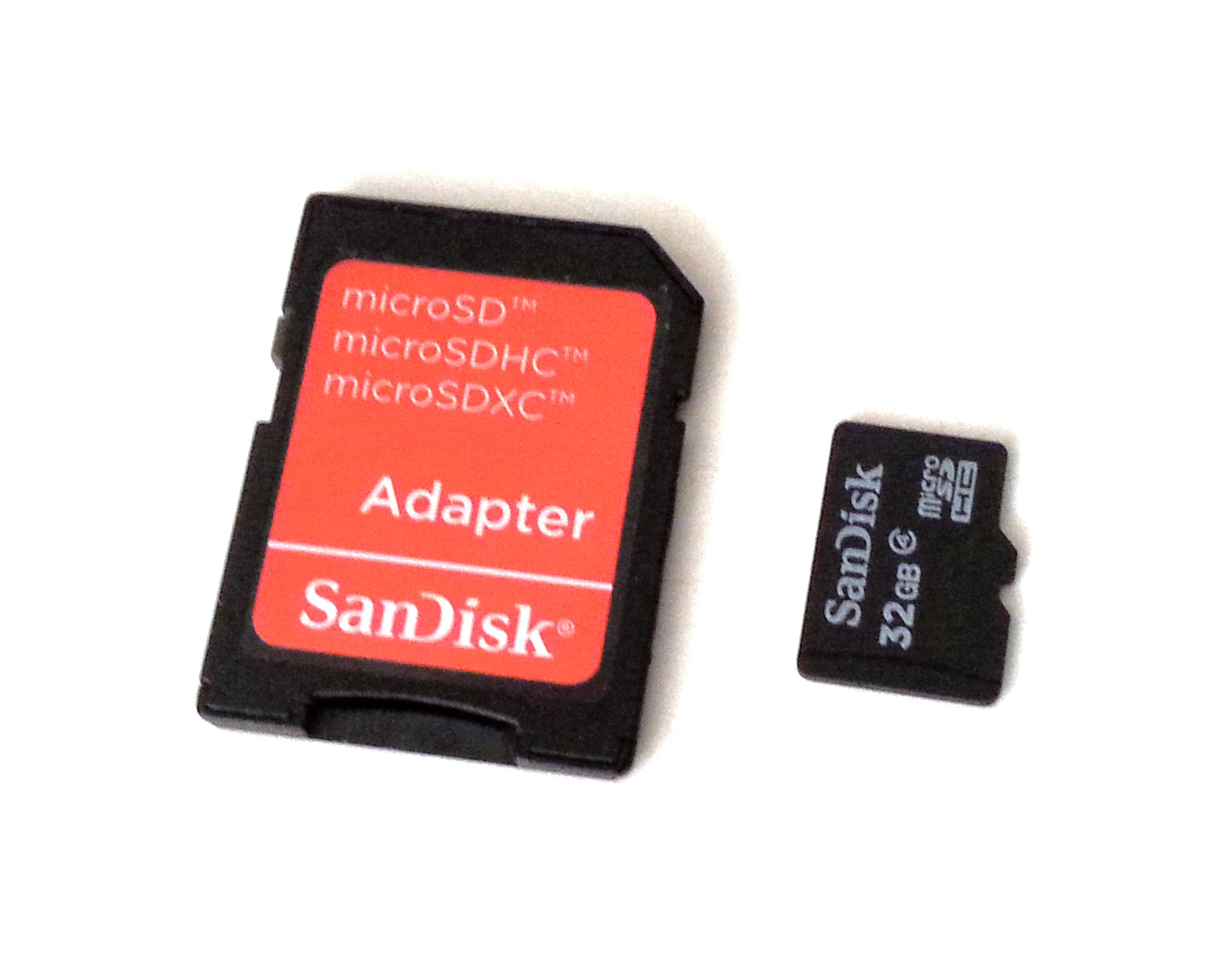There’re two major brands, Lexar versus SanDisk in the
market. But which is the better one? This article will help you to choose SD Card between these two major brands.
Reading and Writing Speed
In market there’re various type of SD Card. I will classify
by reading and writing speed into four types. The more writing speed the better
continuously shooting photo and video quality. The more reading speed the
better access data from the card.
Lexar
|
Reading Speed
|
Writing
Speed |
SanDisk
|
Reading Speed
|
Writing
Speed |
2000x
|
300
|
260
|
Extreme PRO
|
280
|
250
|
1000x
|
150
|
75
|
Extreme PRO (2014)
|
95
|
90
|
Extreme Plus
|
90
|
60
|
|||
633x
|
95
|
45
|
Extreme
|
90
|
40
|
Ultra
|
80
|
Various
|
|||
300x
|
45
|
20
|
N/A
|
* Maximum read transfer, write speed lower in MB/s
From the table below shows that the reading speed of Lexar
is better than SanDisk, while the writing speed of SanDisk is better.
Prices and Average Price
Most prices of Lexar are cheaper than SanDisk. For example,
price for 64GB Lexar 633x is $31.95 but price for 64GB SanDisk Extreme is $37.49.
Conclusion
If reading speed or prices are important, Lexar will be an
interesting choice. If writing speed or continuously shooting photo are
important to you, SanDisk will suit you. However, between SanDisk Extreme PRO and
Lexar 2000x, I recommend you to choose Lexar. Because it’s cheaper and faster
than SanDisk.









